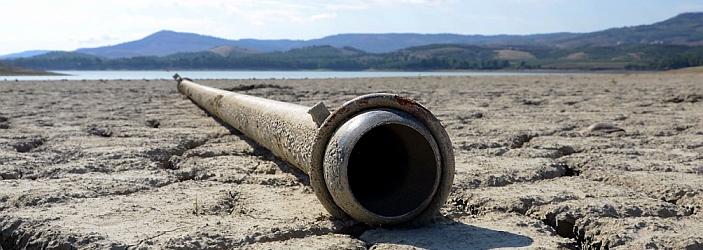
Heat and drought characterized 2017: this is what emerges from the 13th report on climate indicators just published by ISPRA.
The Report is a compendium of data, statistics, indices, and climate indicators derived from the National System for the Collection, Processing and Dissemination of Climatic Data of Environmental Interest (SCIA, www.scia.isprambiente.it), prepared by ISPRA with the collaboration of and data from the entities controlling the principal observatories in the country.
According to the data recorded, last year was the second driest since 1961, after the record in 2001. 2017 registered average cumulative precipitation in Italy 22% below normal, causing serious problems for water resource management in many regions.
Despite the months of drought, there were extreme events last year with intense precipitation of very brief, brief, and average duration. “The highest values of daily precipitation were recorded on 11 December in Genoa Province, with a peak of 469 mm at Cabanne (GE). The maximum hourly precipitation was registered on 10 September during intense thunderstorms and reached values of 120 mm/hour in a few places of Livorno Province and 110 mm/hour in Rome Province, 20 km south of the Italian Capital.”
In terms of temperature, 2017 was the third hottest year in the historical series after 2016 and 2015 at the global level. Nationally, with the anomalous average temperature of + 1.30°C, 2017 ranked in ninth place since 1961.
The data contained in the document also take into account that in January 2017 average temperatures were lower than normal. From February to August, however, the weather was much warmer than normal everywhere, with anomalous monthly averages in March in the north (+ 3.72°C) and in June in the center (+ 3.82 °C) and south & islands (+ 3.13 °C). The surface temperature of Italian seas was always higher than normal climatological values, with a peak anomaly in June (+ 2.2°C).
ISPRA, with its scientific know-how, will be present at ACCADUEO to make its contribution to the topic 'Water and Climate Change'
 EN
EN  it
it

